In-N-Out Finally Gives In to California’s Minimum Wage Hike
In-N-Out Burger, a beloved California-based chain, recently adjusted its prices in response to the state’s new minimum wage law.
This change marks a significant shift for the company, which has been known for resisting price hikes.
The New Minimum Wage Law
California’s new minimum wage law, signed by Governor Gavin Newsom, raised the minimum wage to $20 an hour for large restaurant chains starting April 1, 2024.

Source: Kenny Eliason/Unsplash
This law aims to support over 500,000 fast-food workers in the state, but has already seen plenty of backlash and criticism.
In-N-Out's Price Increase
On the same day the new wage law took effect, In-N-Out implemented an incremental price increase across its California locations.
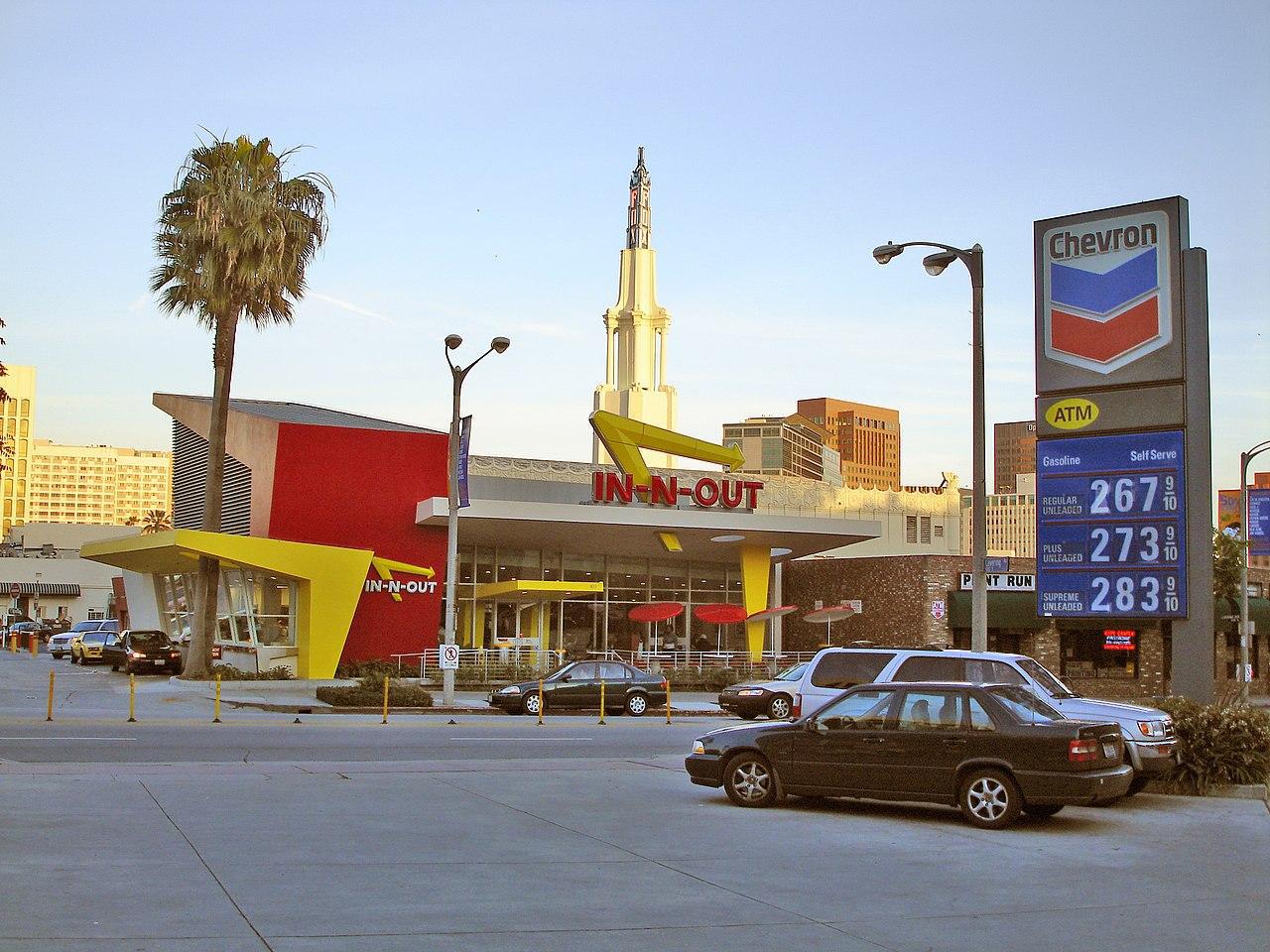
Source: Wikimedia
This decision was made to support a pay raise for its employees while maintaining the brand’s quality standards.
Employee Wages at In-N-Out
Starting wages for In-N-Out employees in California now range from $22 to $23 per hour, which is slightly higher than the mandated minimum wage.

Source: iStock
This move ensures that the company remains competitive in attracting and retaining staff.
Lynsi Snyder’s Perspective
In-N-Out President Lynsi Snyder shared her concerns about raising prices too much. She revealed in an interview with “Today” that she fought hard in meetings to keep price hikes minimal, feeling a responsibility to the customers.

Source: In-N-Out Burger/Wikimedia Commons
“I was sitting in meetings going toe-to-toe saying we can’t raise the prices that much. We can’t,” Snyder said.
Customer Reactions
Many customers understand the necessity of the price increases due to economic conditions.

Source: Freepik
Chris Hachlica from Pittsburg, Calif., mentioned that while prices are higher, they are still manageable. He feels content as long as prices don’t exceed $20 per meal.
Comparing Meal Prices
A Double-Double meal in San Francisco now costs $13.36, making it the most expensive in the Bay Area. In contrast, the same meal in Alameda costs just under $12, reflecting the regional price variations within the state.
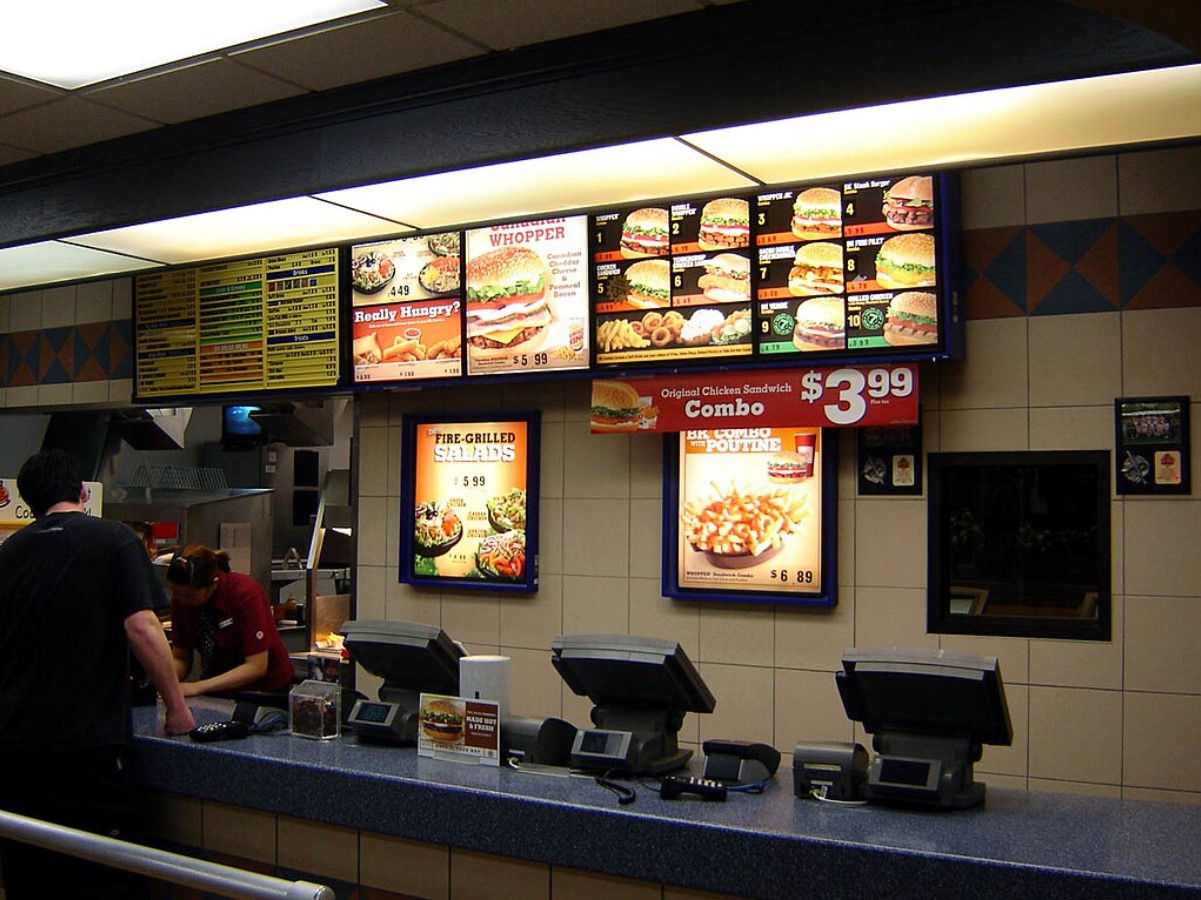
Source: Wikimedia
McDonald’s Big Mac combo meals, on the other hand, are reportedly upwards of $18.
Inflation’s Impact
Stubborn inflation is exacerbating the financial strain on businesses and consumers alike.

Source: Shutterstock
May’s inflation data is expected to show a 3.4% rise in prices, unchanged from April, highlighting ongoing economic challenges.
Federal Reserve’s Role
The Federal Reserve’s decision on interest rates will be closely watched as it aims to control inflation.
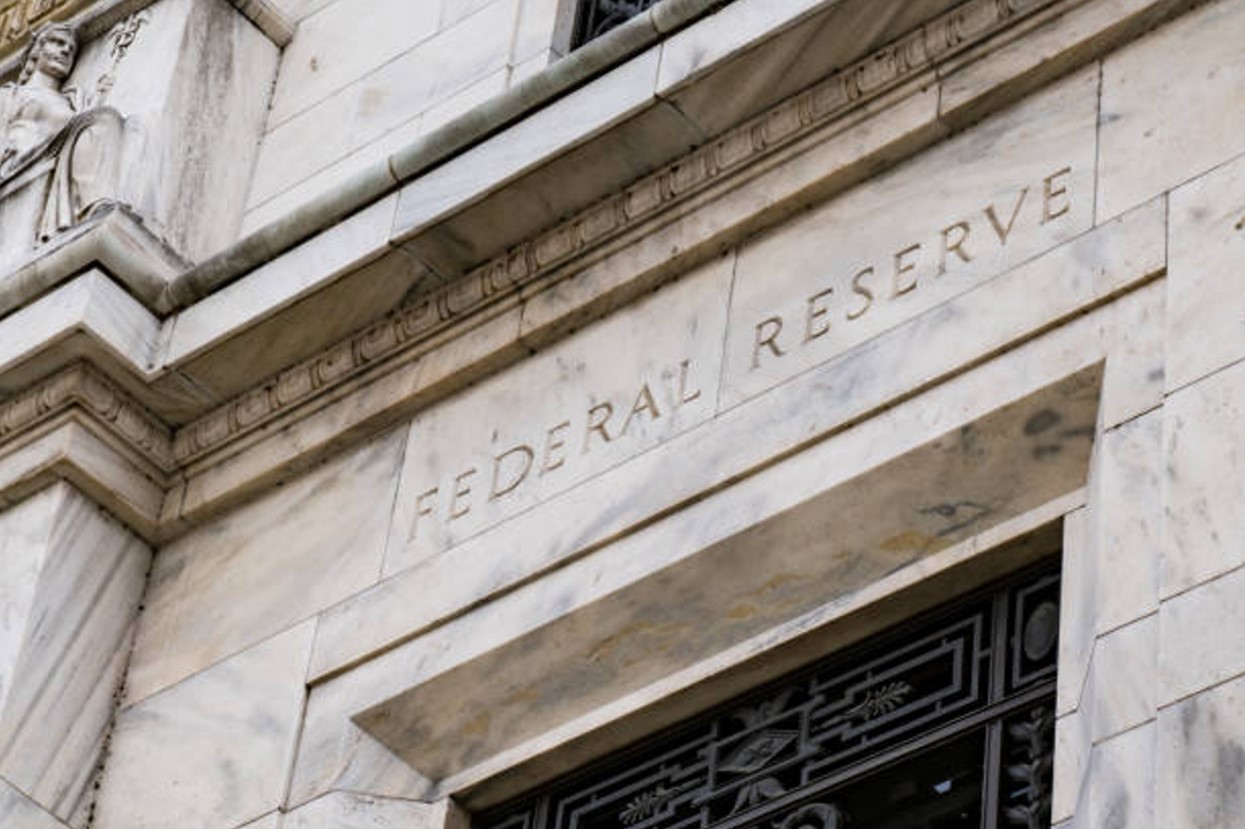
Source: iStock
Economists expect rates to remain steady between 5.25% and 5.5%, reflecting the ongoing efforts to balance the economy.
A Newcomer’s Perspective
Khalil Coleman, who recently moved to Oakland, was surprised by the high costs at In-N-Out.

Source: upklyak/Freepik
Spending $20 on a meal was unexpected, but he told Fox KTVU that he understands the broader economic context driving these prices.
In-N-Out’s Commitment to Quality
Despite the price increases, In-N-Out remains committed to maintaining its quality standards.
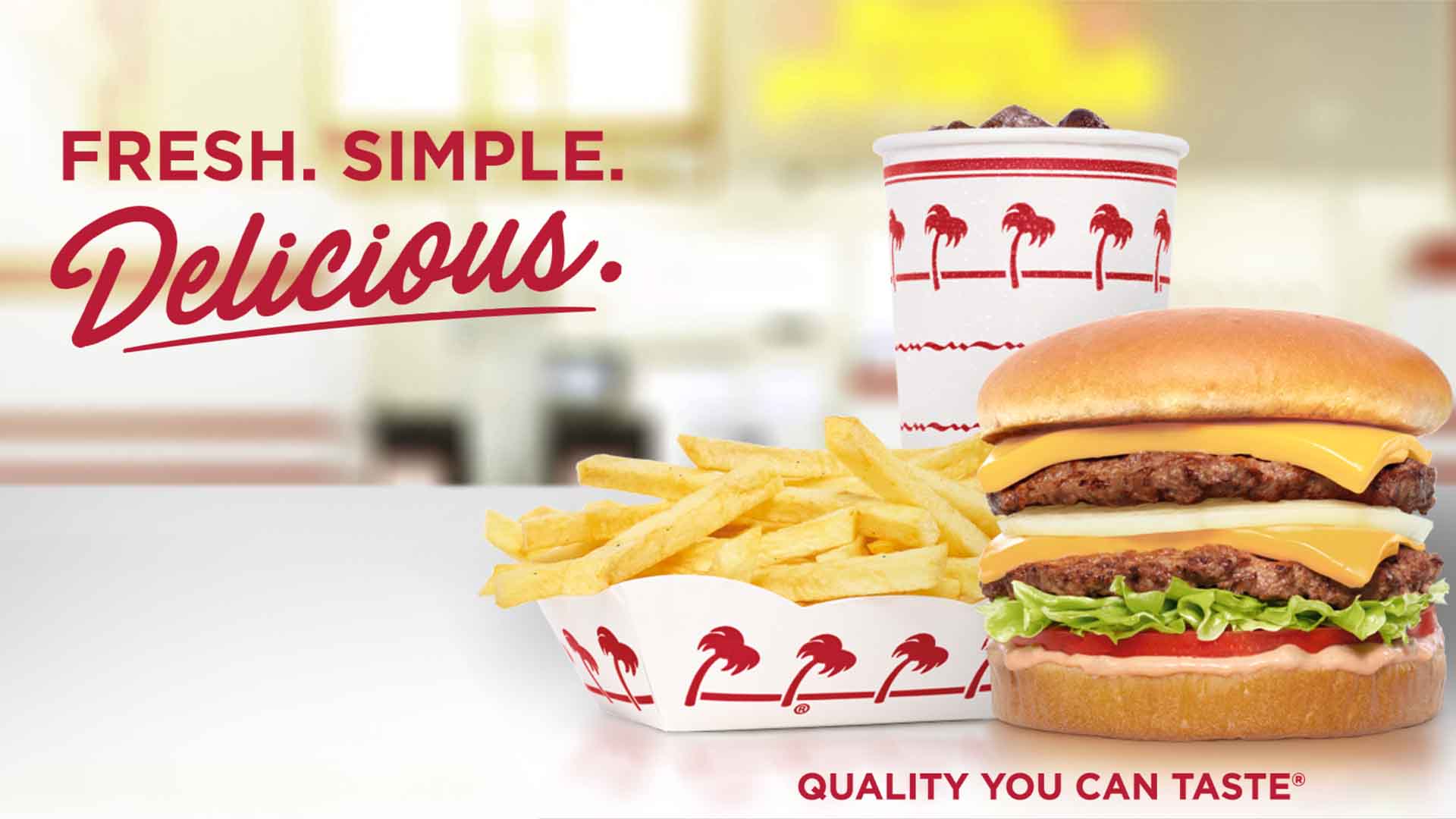
Source: In-N-Out
The company has ensured that the price hikes are necessary to support employee wages while delivering the same level of quality that customers expect.
Far-Reaching Impact
In-N-Out’s decision to raise prices reflects the broader economic landscape and the impact of California’s new minimum wage law.
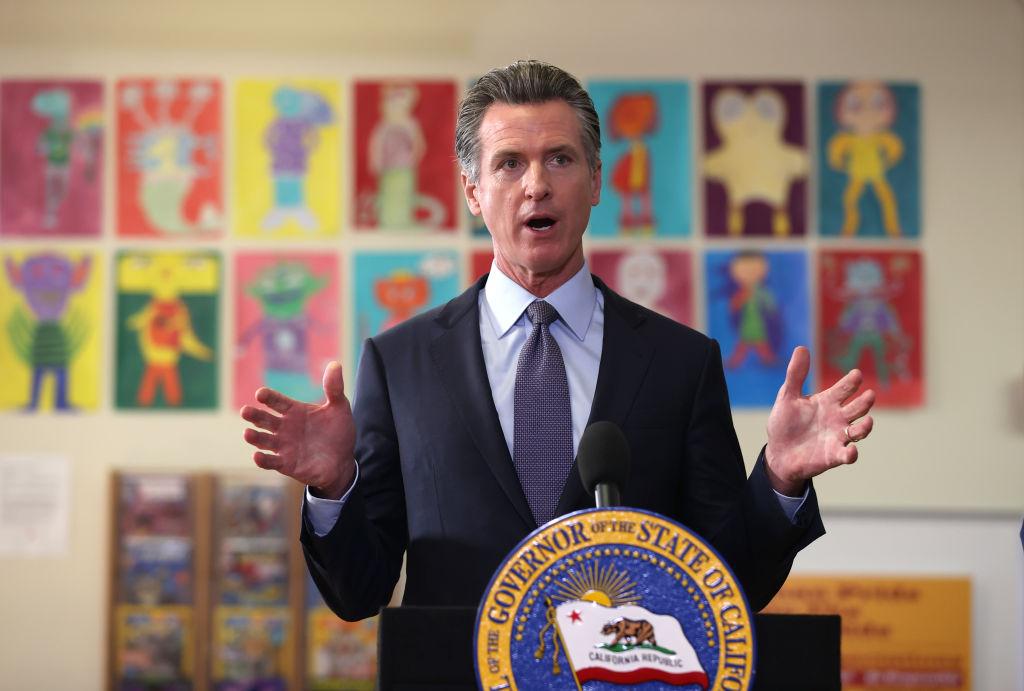
Source: Justin Sullivan/Getty Images
While some customers are adjusting to the higher costs, the company continues to prioritize employee well-being and product quality.
Long-Term Effects on Fast-Food Industry Employment
The wage hike in California could reshape employment in the fast-food sector. Higher wages may attract more applicants, potentially reducing turnover rates.
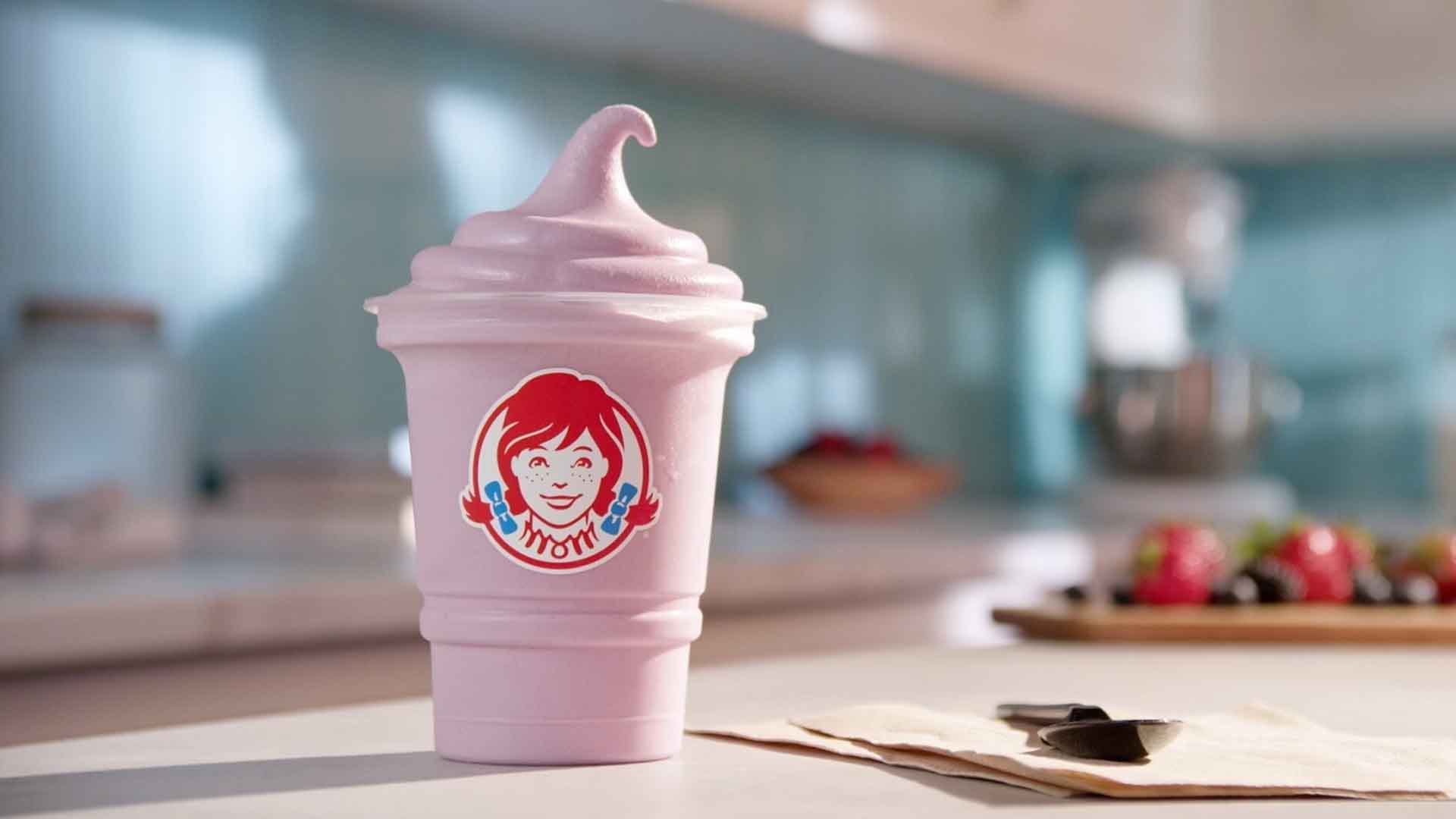
Source: Wendy's/PRNewswire
However, companies might offset costs by reducing hours or investing in automation, leading to fewer entry-level jobs. The balance between increased wages and employment levels will be critical in the coming years.
Impact on Entry-Level Job Market
Higher wages might make fast-food jobs more appealing to a broader demographic, including older workers and those seeking second jobs. This shift could impact the traditional pool of teenage employees.

Source: Wikimedia
With more experienced workers entering the fast-food industry, companies might even see improved efficiency and customer service, altering the dynamics of the entry-level job market.
Potential for Automation
To manage higher labor costs, fast-food chains may increasingly turn to automation. Self-service kiosks, automated fryers, and robotic kitchen assistants could become more prevalent.
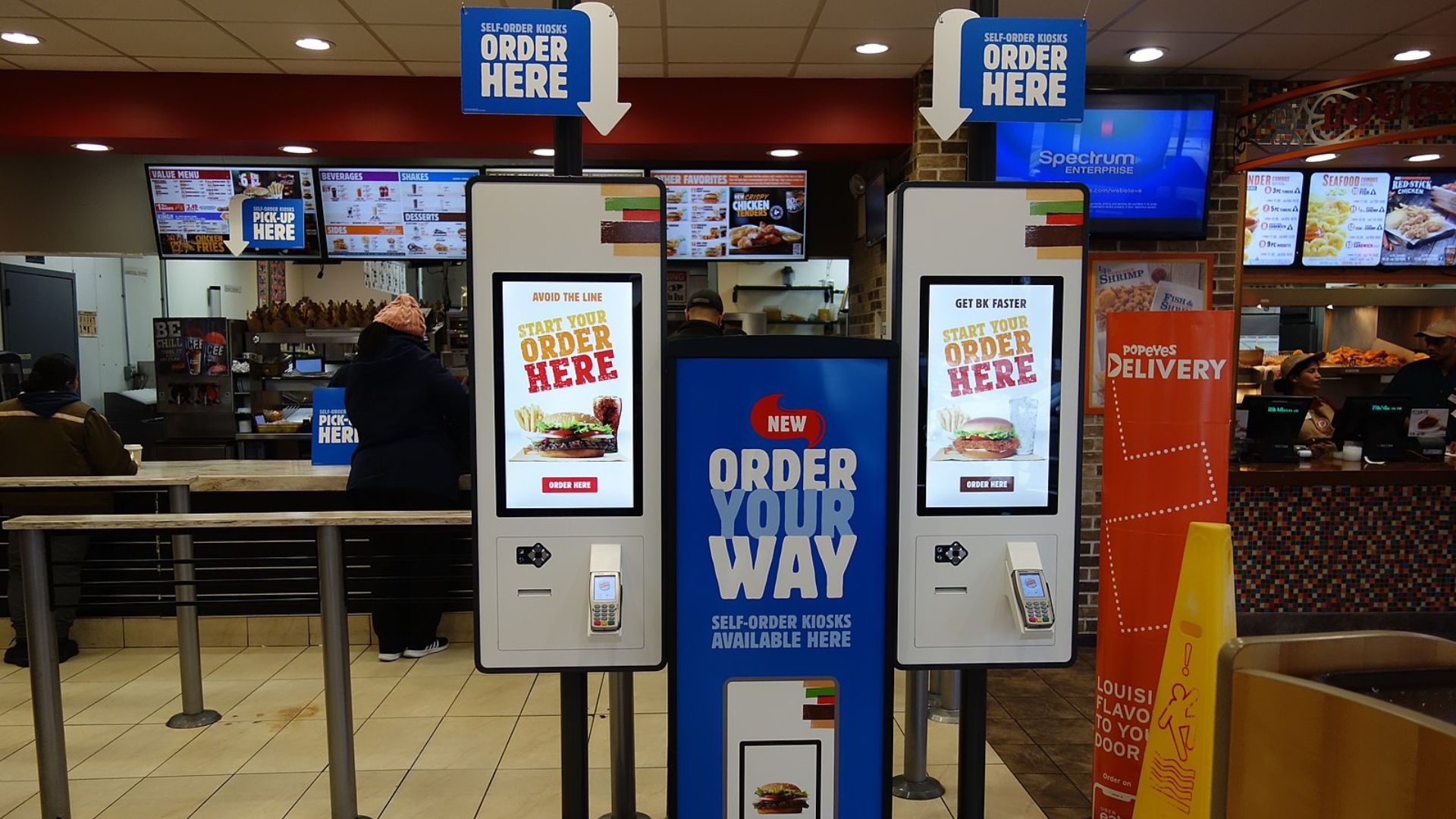
Source: Wikimedia Commons
While this technology can reduce reliance on human labor, it also raises questions about the future of low-skill jobs and the need for workers to adapt to new roles within the industry.
Shifting Customer Spending Patterns
In response to price hikes, some customers might change their dining habits. While loyal customers may continue to patronize In-N-Out, others might seek more affordable alternatives or reduce the frequency of their visits.

Source: Gustavo Fring/Pexels
This shift could lead to a more competitive market, with fast-food chains innovating to retain and attract customers amidst changing spending patterns.
Price Sensitivity Among Customers
Price sensitivity varies among customers, with some willing to pay more for quality and brand loyalty, while others are more budget-conscious.
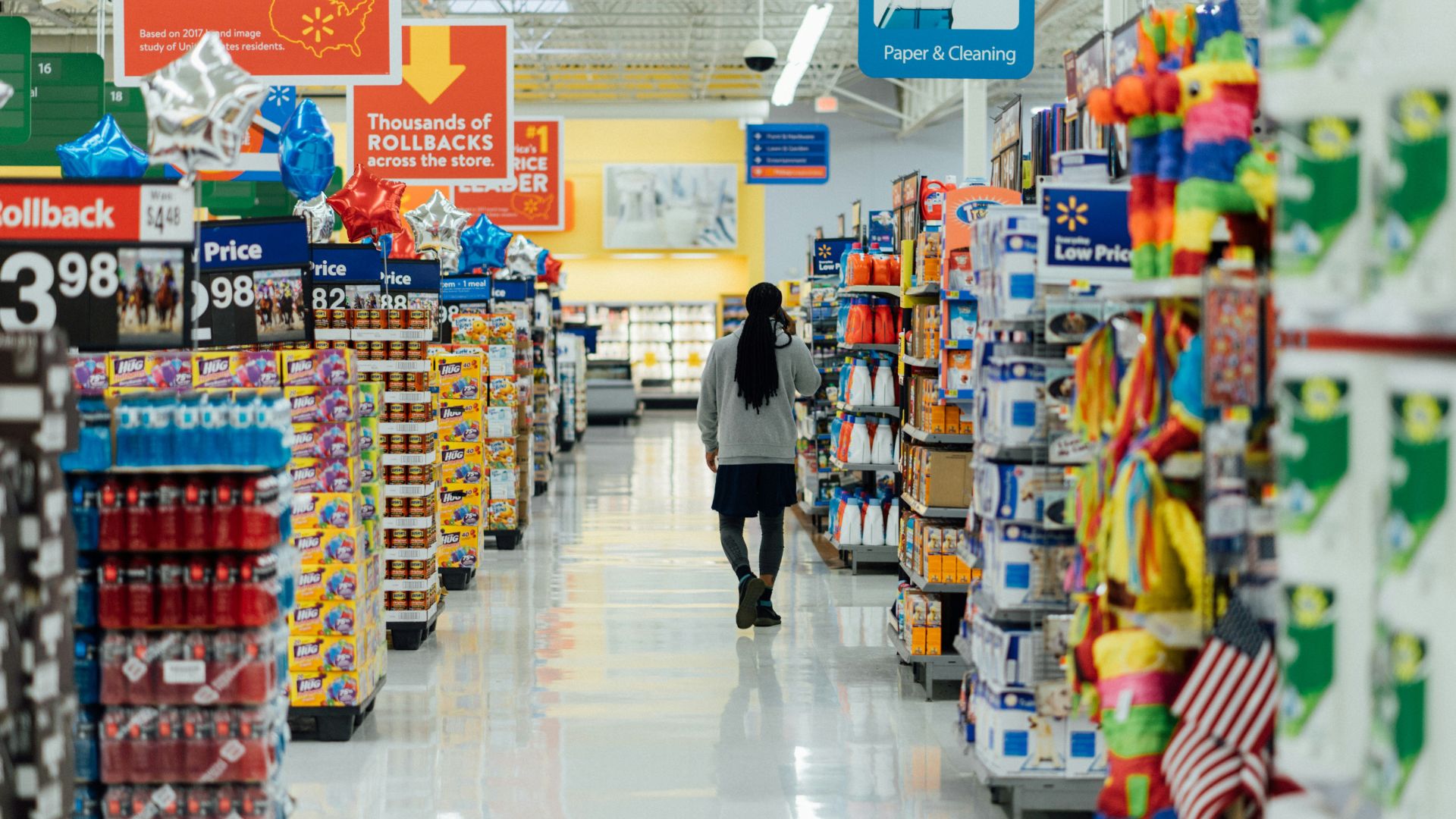
Source: Hanson Lu/Unsplash
In-N-Out’s challenge will be to balance maintaining its customer base with the necessity of higher prices to support wage increases. Understanding customer segments and their price thresholds will be crucial for strategic pricing decisions.
Navigating Supply Chain Challenges
To offset increased labor costs, In-N-Out may optimize its supply chain. This could involve negotiating better deals with suppliers, sourcing locally to reduce transportation costs, and improving operational efficiencies.
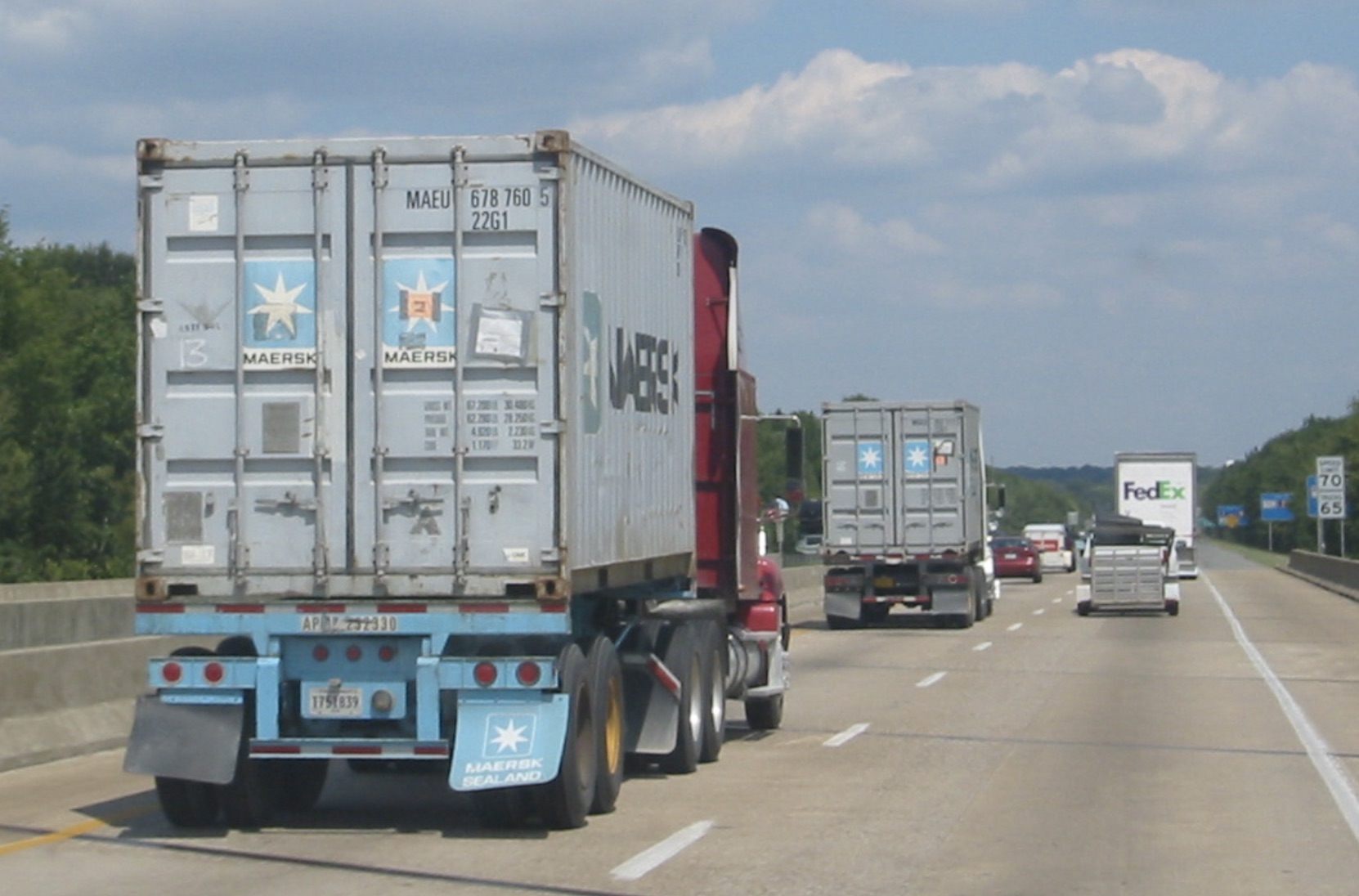
Source: Wikimedia
Such measures can help maintain product quality and profitability, ensuring that the price increases do not solely burden the customers.
Technological Innovations
In-N-Out may also adopt technological innovations to streamline operations and reduce costs. This includes investing in advanced kitchen equipment, inventory management systems, and mobile ordering apps.

Source: Wikimedia
These technologies could potentially enhance productivity and customer experience, making it easier to manage higher wage expenses without compromising service quality.
Automation in Operations
Automation in fast-food operations is a growing trend. It’s a stretch given the company’s stance, but In-N-Out could introduce automated ordering kiosks and AI-driven inventory systems.
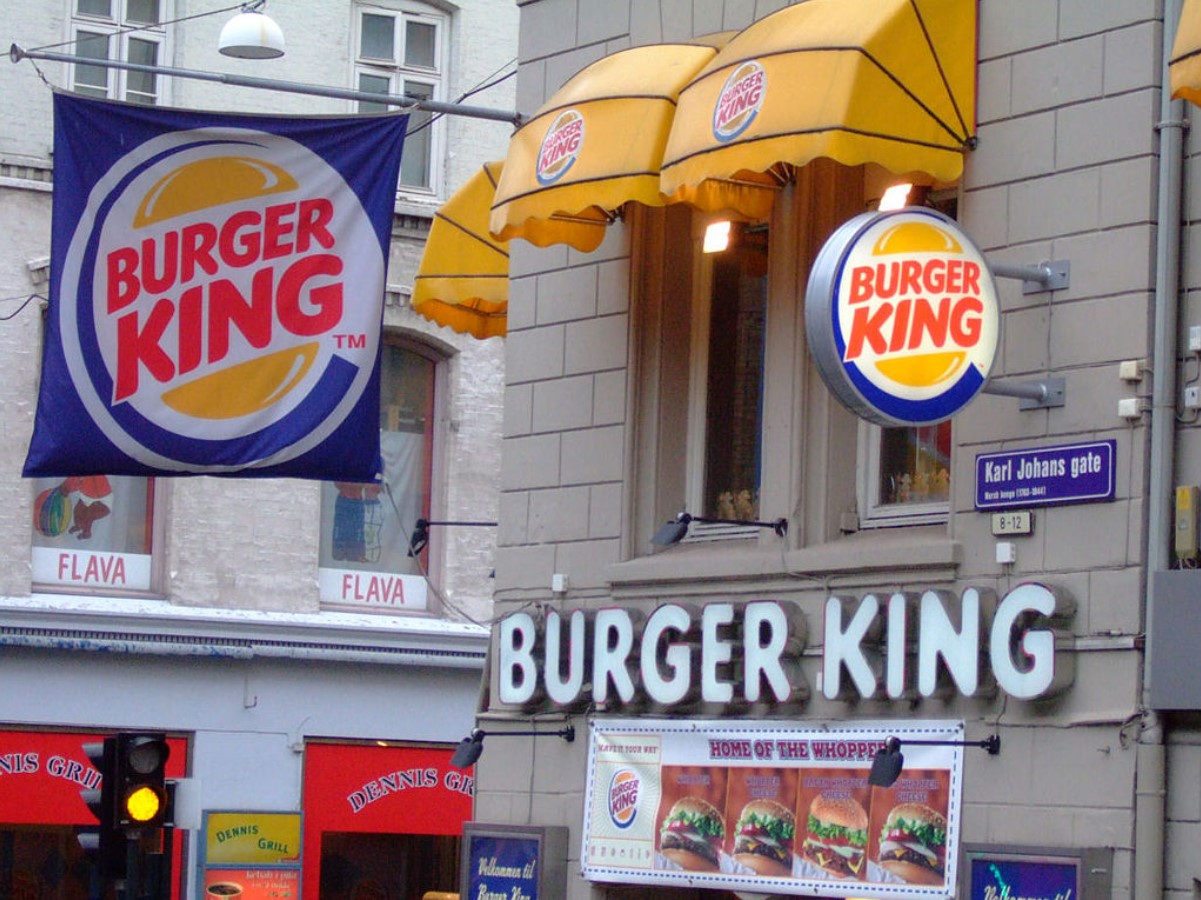
Source: Wikimedia
These advancements can help manage labor costs while maintaining speed and efficiency in service. However, the shift towards automation also requires careful integration to ensure seamless operations and a good customer experience.
Economic Ripple Effects in Local Communities
The wage hike at In-N-Out can positively impact local economies. Higher wages mean increased disposable income for employees, which can boost spending in local businesses and services.
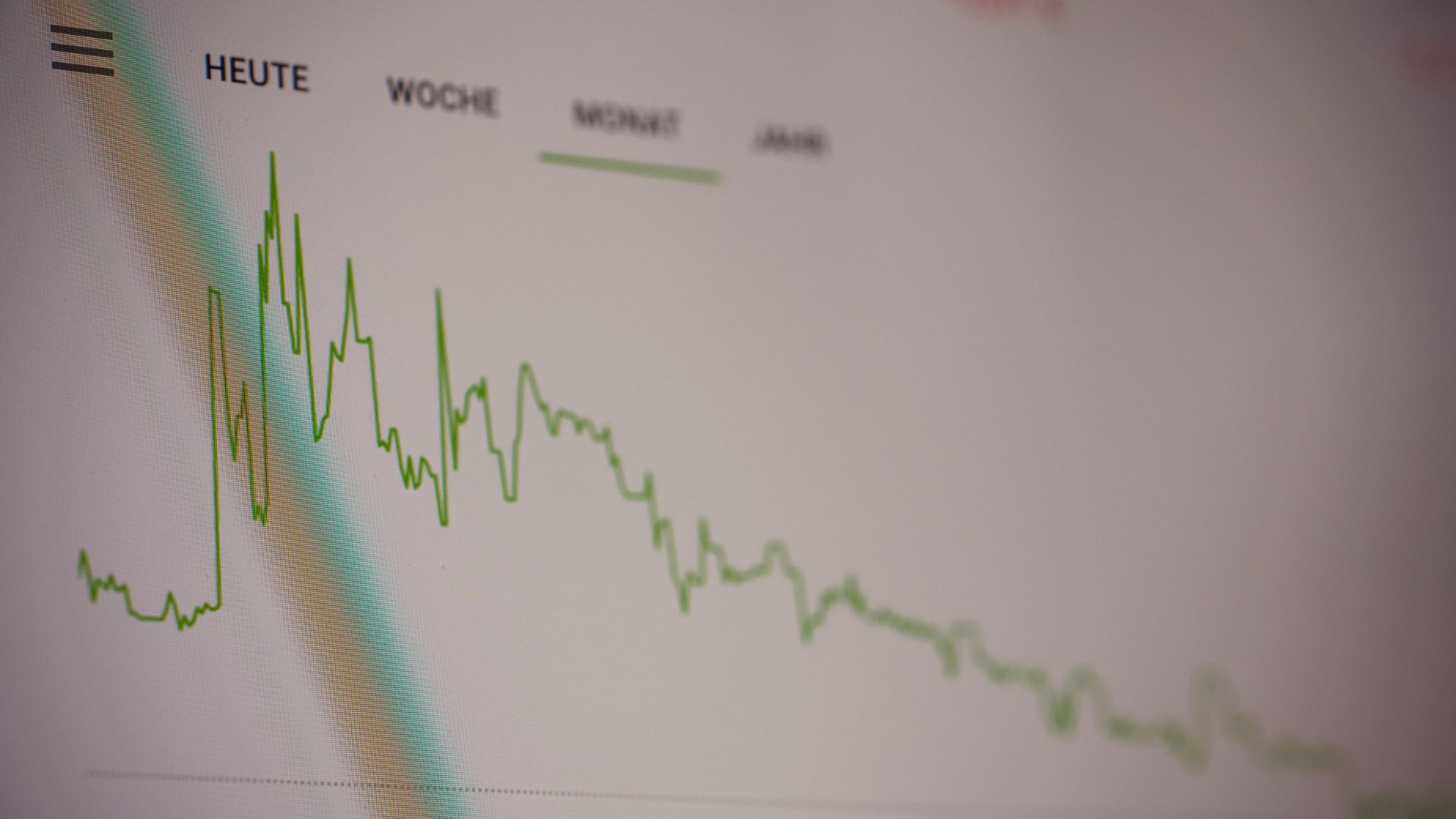
Source: Markus Spiske/Unsplash
The wage hike at In-N-Out can positively impact local economies. Higher wages mean increased disposable income for employees, which can boost spending in local businesses and services.
Tackling Employee Turnover
The high turnover rate in the fast-food industry is a persistent challenge. However, offering competitive wages and benefits can help reduce employee turnover at In-N-Out.

Source: Freepik
This means lower costs for recruitment and training, better customer service due to experienced staff, and a positive impact on overall company culture. It can also attract top talent and provide opportunities for career growth within the company.
Implications for Future Labor Legislation
California’s wage hike could set a precedent for future labor legislation across the U.S. Other states may look to California’s experience when considering similar policies.

Source: Freepik
The impact on businesses and workers is likely to be closely monitored, influencing future wage discussions and potential legislative changes at both state and federal levels.
Balancing Economic and Environmental Goals
In-N-Out will need to balance economic pressures with sustainability goals amidst wage increases. The company may explore additional avenues for environmentally friendly practices, such as reducing waste, sourcing sustainable ingredients, and minimizing energy consumption.

Source: Matias Tapia/Unsplash
Balancing these goals ensures that In-N-Out not only supports its workforce but also contributes positively to environmental sustainability.
